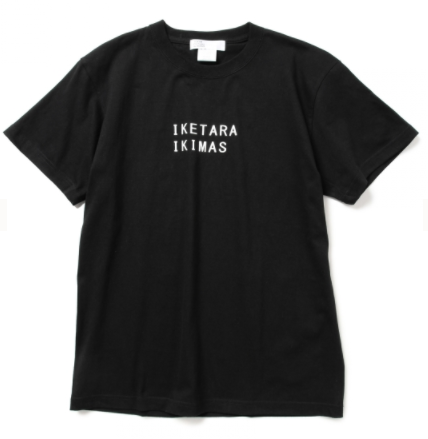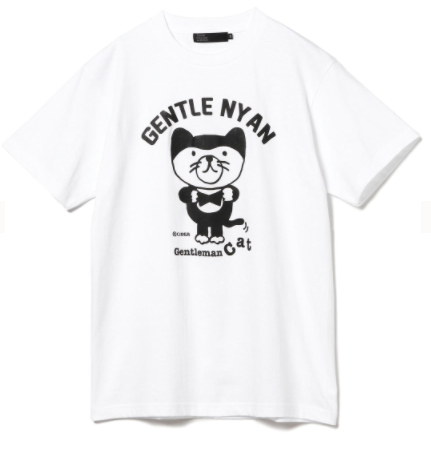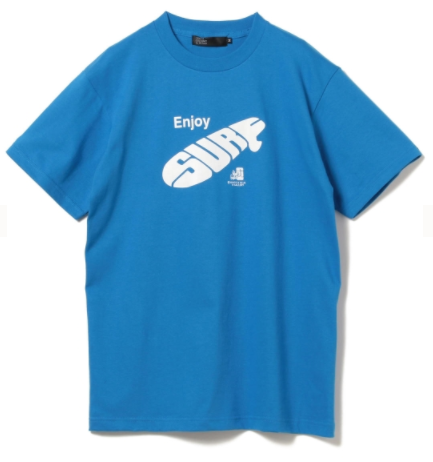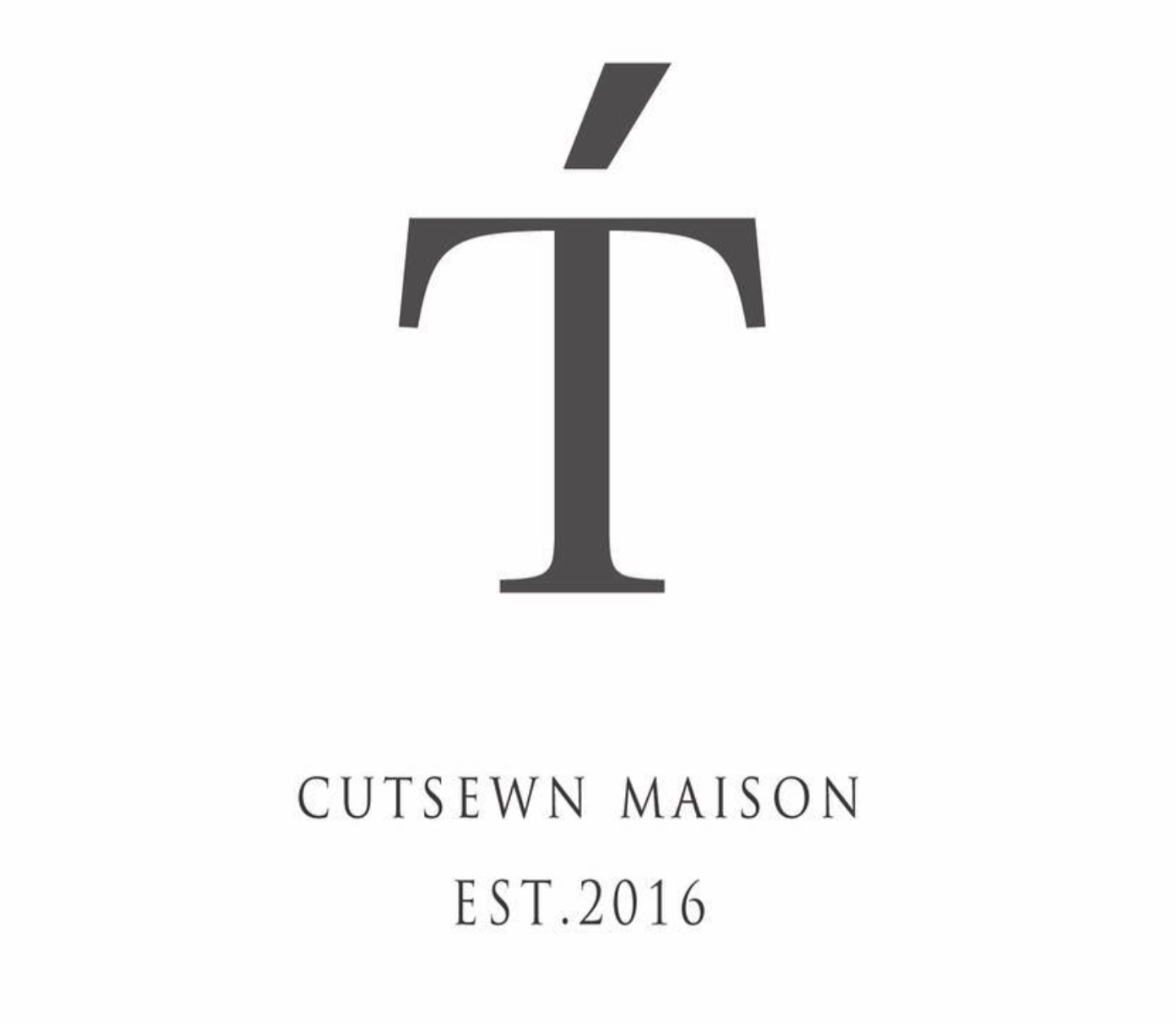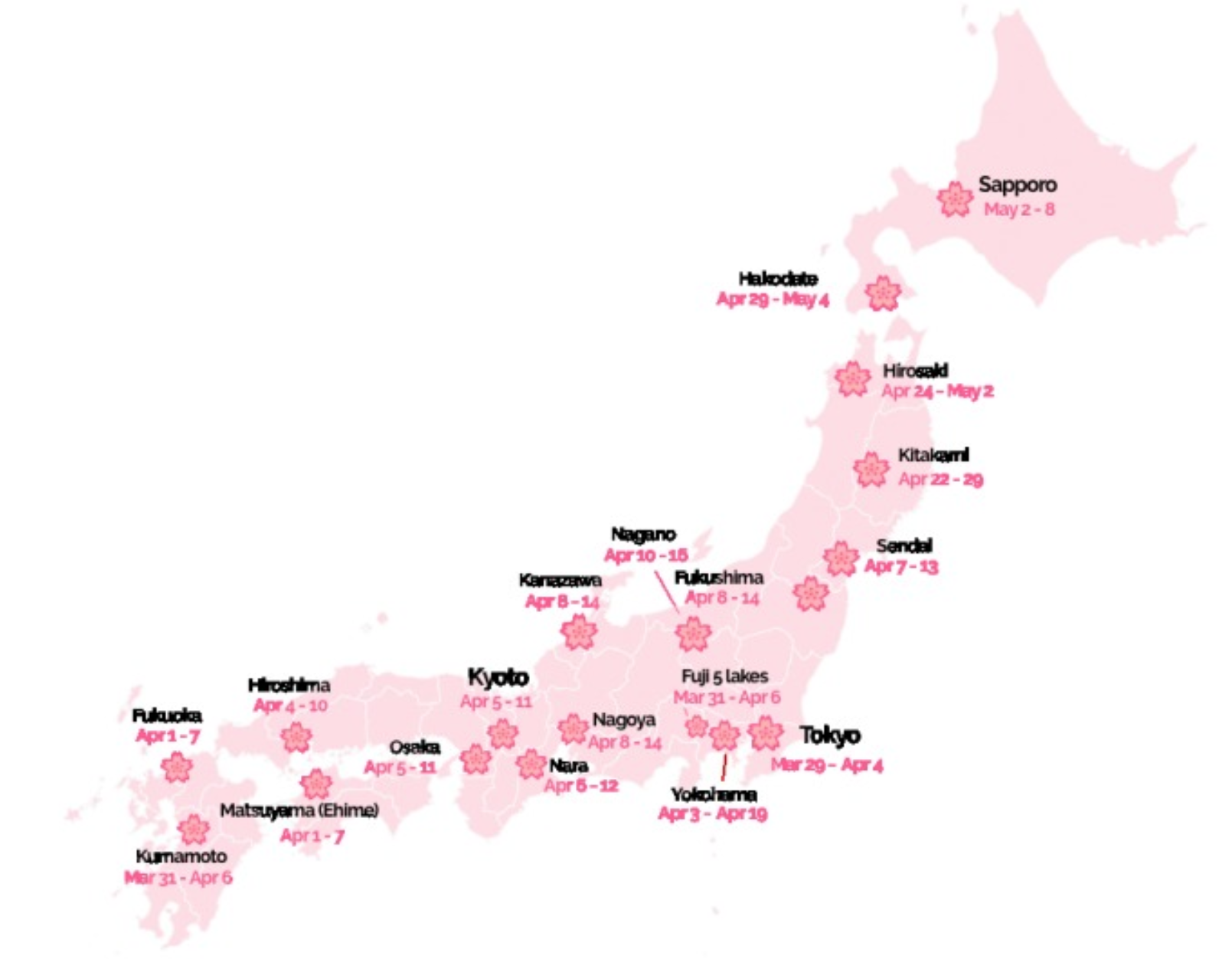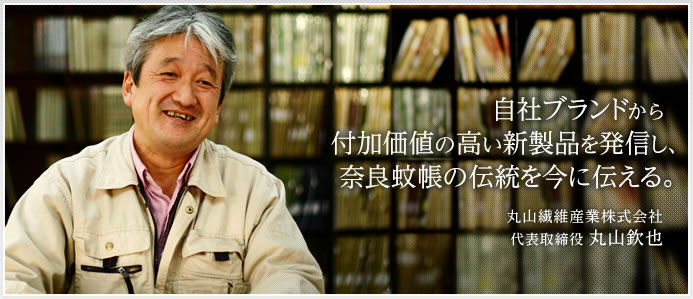Beams Clothing
Special collection of T-shirs, Caps, Pins by BEAMS
IKIMAS T Shirt by HIMAA: Simple Japanese phrase “IKETARA IKIMAS” used in a daily life is printed on front on a T-shirt, designed by Masanao Hirayama. The phrase means “I’ll come if possible”, but it truly means “I won’t come”, which is a popular cliché used to turn down an invitation. HIMAA: Masanao Hirayama aka HIMAA is a painter, drawer and performer based in Tokyo. In July 2017, his book exhibition was held at Zurich, Switzerland. Available in Black & White.
GENTLENYAN T Shirt by Kaseki Cider: ”GENTLEYAN” is the next generation character created by Kaseki Cider, Japanese multifaceted artist working in music, comic book and the magazine.
Kaseki Cider: Kaseki Cider formed his own one-man band as an Indie hip-hop artist in 1994. After the major label debut in 1996, he released 7 albums and also produced multiple tracks for other musicians. Not only for the music, he has quite a good reputation for his works including comics and essays.
Palm Graphics: Koji Toyoda started his career as Palm Graphic at International Surfing Museum in Huntington Beach (CA) in 1997. Toyoda has been working for his art pieces along with the product designs. He is an artistic director for the surfing and art event “Surf Art? Japan” as well.
ENJOY SURF T Shirt by Palm Graphics: Special color edition of the “ENJOY SURF”T-shirt, created for the Palm Graphics exhibition “White & Blue” at Tokyo CULTUART by BEAMS.
SMILE T Shirt by Palm Graphics: “SMILE” T-shirt was released to make everyone smile for the Palm Graphics exhibition “White & Blue” at Tokyo CULTUART by BEAMS.
Bou Cap by VOU: Japanese kanji meaning stick or pole (Bou=Vou) embroidered cap. Both “bou” and “vou” in Japanese are pronounced mostly the same which is using a sound that is not used in English.
VOU: Vou is a gallery and a lifestyle store on a narrow backstreet lined with old Japanese townhouse, located at Shijyo-Karasuma, the downtown area of Kyoto. The store carries a curated selection of art pieces from all over Japan, along with original products.
Bou & Girl Pin by VOU:Japanese kanji meaning stick or pole (Bou=Vou) pin, designed by the illustrator Yuta Okamura. Both “bou” and “vou” in Japanese are pronounced mostly the same which is using a sound that is not used in English.
VOU: Vou is a gallery and a lifestyle store on a narrow backstreet lined with old Japanese townhouse, located at Shijyo-Karasuma, the downtown area of Kyoto. The store carries a curated selection of art pieces from all over Japan, along with original products.


